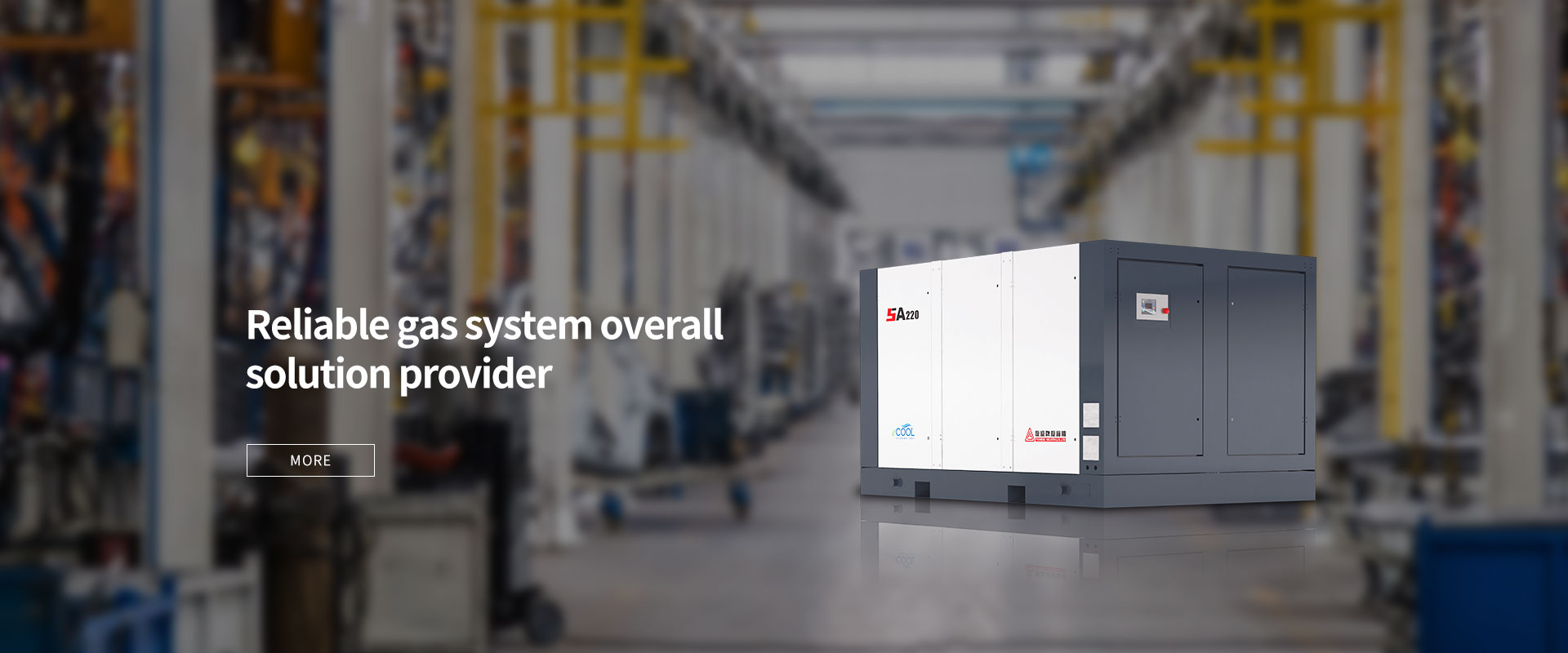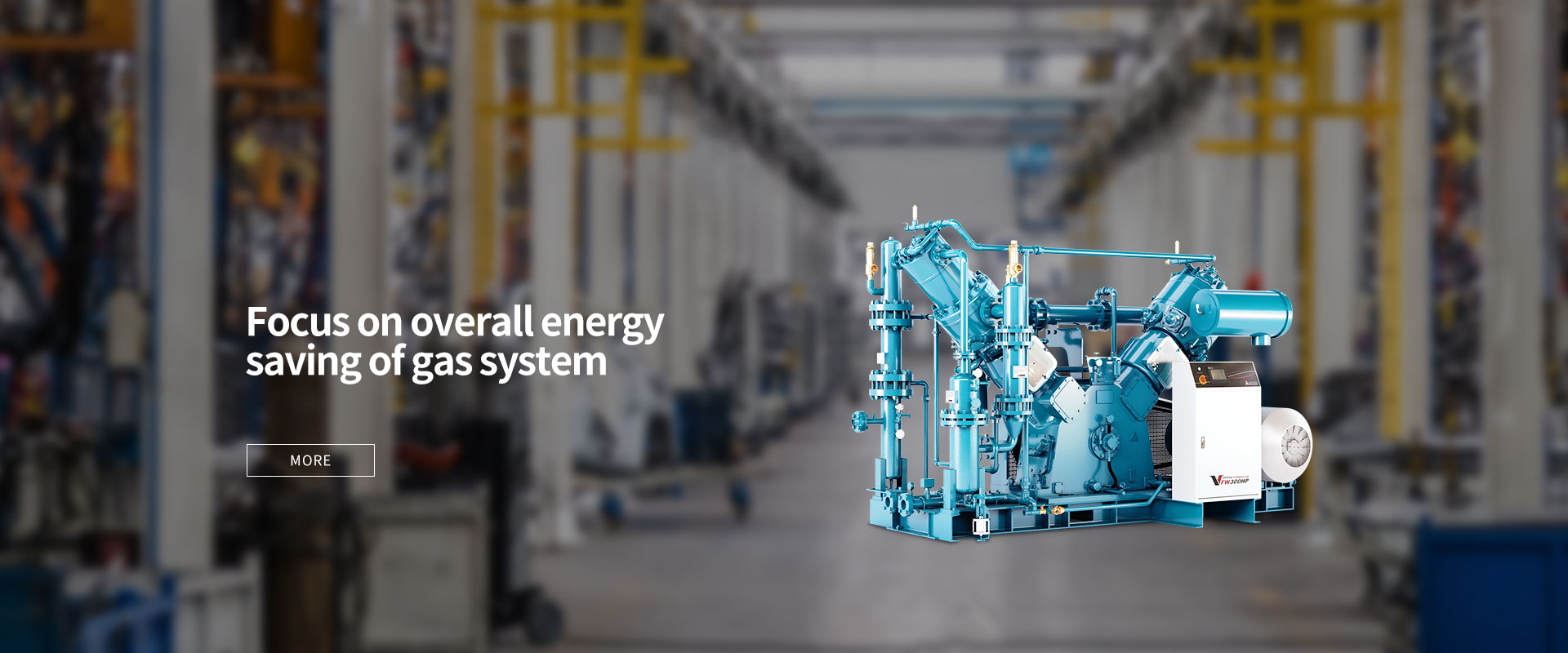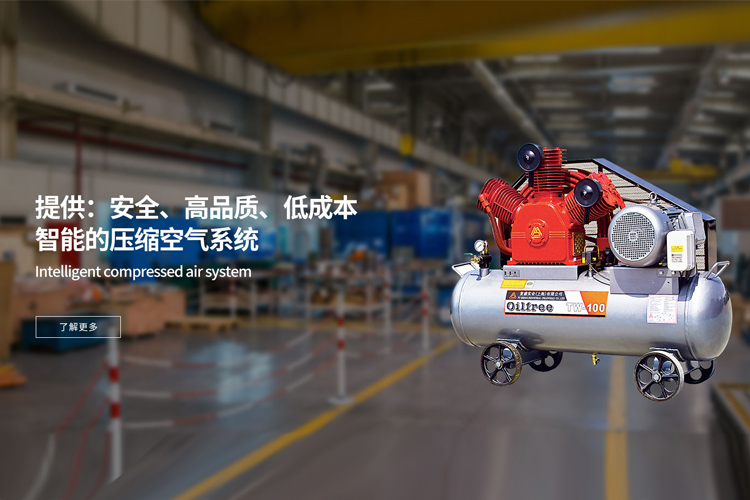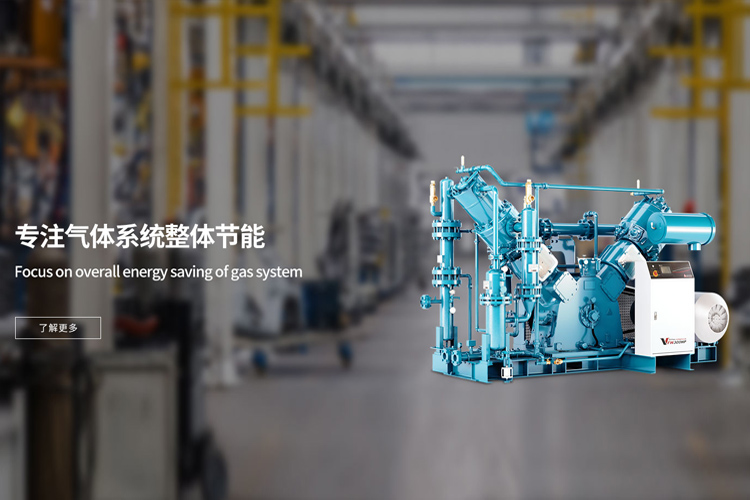Do you really understand the dryer
In the "13th Five-Year" development plan of the compressed air purification industry, the industry's economic operation, development achievements, existing problems, and "13th Five-Year" development ideas and goals are proposed, which is very encouraging. In order not to take a detour on the road of development, it is very necessary to review the development experience and lessons of the purification industry.
As an independent industry group, the compressed air purification industry started in the early 1990s. Before that, the heatless regeneration dryers represented by two enterprises in Zhaoqing, Guangdong (chemical machinery and chemical instruments) have become unique in China. Around the 1990s, refrigerated dryers emerged and developed rapidly in Hangzhou, Wuxi and other places, and they have the potential to replace suction dryers in some industries.
In the mid-1990s, the commercial competition in the purification industry was fully fierce, especially in Jiangsu, Zhejiang, Guangdong and other traditional market economy developed regions. But needless to say, the market competition with low-price competition and crude production as the main means has finally led to a large-scale decline in product quality and reputation, and the consequences have continued to this day.
Regardless of the reason why the technical level of cold dryers or suction dryers has not increased but declined for more than ten years, on the surface, it is the "big environment" that has caused difficulties in the operation of production enterprises. There is no other way to cut corners” has unfortunately become a reality. But from a deep-level analysis, it is the inevitable result that the whole industry generally does not pay attention to "technical ethics".
The specific performance is as follows: some products with backward technology or even obsolete come out again - their representative products include "deliquescent dryer"; some products that have not been theoretically proved, have no data support, and obviously violate the laws of physics are "all-in-one" and "zero-emission" Waiting for products to take flight is popular. If this momentum is not effectively curbed, it will inevitably affect the normal development of the compressed air dryer industry. Therefore, what the compressed air purification equipment needs to do now is to "clean up the source" rather than the so-called "upgrade".
Modern industry puts forward high requirements for compressed air quality, among which water removal and drying are an inevitable energy consumption link in the "purification" of air source.
There are many methods for dewatering and drying by compressed air, but the only two suitable for large-scale and continuous production are freeze drying and adsorption drying. Both methods have a long history, but they were not popularized until modern industry could provide the required materials, components, and process technology. Many of them are the scope of application of freeze dryers, and only a small number of industries (processes) must use adsorption dryers. This is also the reason for the rapid development of freeze dryers in the first half of the 1990s - after all, reducing energy consumption is an important measure to save business costs.
Freeze dryer is an internationally recognized mainstream equipment for compressed air drying. In most application fields, the atmospheric dew point of the freeze dryer—about 20 °C can meet the actual needs. There are only a few processes that have strict requirements on water content. The regenerative dryer has the opportunity to show its talents - high energy consumption restricts its application.
Second, technical limitations
The freeze dryer and adsorption dryer, which are the two main forces in the compressed air drying operation, must follow certain natural laws and their own physical conditions. For example, the refrigerated dryer is limited by the freezing point, and the "online dew point" of the compressed air it handles must not be lower than zero, so manufacturers are careful to limit the evaporation temperature to around 2 °C. However, the cold and hot air heat exchanger (pre-cooler) featured in the cold dryer is different. In order to save costs, the copper tube was replaced with an aluminum tube, which caused the dew point of the cold dryer outlet to deteriorate - the reputation of the cold dryer for more than ten years. The slump was caused by such veiled corner-cutting.
The suction dryer is more obscure in this regard, and the constant "innovative concept" is a unique phenomenon of the suction dryer.
There are physical constraints on adsorbents. But unless there are personnel, most people are at a loss to the adsorption theory of cold addiction, and are easily deterred by the new term "new technology" - more realistically: higher "economic added value" Distributors and buyers are bundled into a community of interests.
In the mid-to-late 1990s, due to the strong rise of the refrigerated dryer and the ensuing price battle, its reputation and quality were damaged, so the adsorption dryer had a short-term development opportunity. But it didn't take long for dryers to be caught in the same competition.
The heating dryer ignores the limitations brought by the physical properties of the adsorbent itself: "Limited adsorbent filling volume cannot withstand the intrusion of large amounts of water for a long time"! Therefore, their common problems are the same, such as: insufficient desorption energy leads to water in the regeneration exhaust gas, rust on the inner wall of the adsorption barrel, progressive increase in the dew point of the product gas, and shortening of the life of the adsorbent (the so-called "replacement every ten years" is completely ignorant. Sleeping babble); huge water consumption, increased pressure drop, etc.
The root causes of these drawbacks are the excessive "dynamic adsorption capacity", and the excessive kinetic adsorption capacity is caused by a long-cycle cycle. A complete physical chain with huge energy consumption.
The disadvantages of the heating regeneration adsorption dryer are hidden and the process is slow, and it is difficult for non-persons to find out. Even industry insiders can easily be fooled by a so-called field "test report" without the use of mathematical tools and comprehensive knowledge.
3. Technological ethics
The phenomenon hides something more essential, and its deep-seated point is the lack or indifference of some manufacturers to "technical ethics".
Emphasizing product "innovation" should start with rational analysis, and for this purpose, existing scientific laws and public data must be fully abided by—they are the crystallization of the wisdom of our ancestors, and it is natural to have a reverent attitude towards them. A "new product" can only enter the "manufacturing" link after the concept (mathematical and physical) is unblocked - it may not be able to create an ideal product, because an ideal product is also affected by related processes, components, materials, etc. It is restricted by comprehensive factors such as technology, testing methods, application universality, and cost and profit.
"Technology ethics" is an important topic in modern "Management". It emphasizes that technological development is "path-dependent": new technologies are always produced on the basis of the original; technological goals are not the independent result of "free will", on the contrary, it is subject to behavioral "feasibility" inspection.
A qualified scientific and technological worker should accept two moral constraints: "academic seeking truth" and "humanism seeking goodness". Among them, people-oriented morality is the foundation. Only with good people-oriented morality can a good academic morality be cultivated.
From the technical operational level, "quantitative and qualitative" is the iron law that distinguishes "people outside the industry". People in the industry pay attention to the quantitative attribution of each link of the product, emphasizing "speaking with data"; people outside the industry always rotate horizontally in terms of "concept", but their conclusions are not universally supported by "data" sources.
Now, in order to promote "compression heat zero air consumption", "slight heat" is described as a "replacement" of high-energy-consuming products, and the new products replaced by it are even more confused - there is no simple "heat" "Working Calculation Book" not to mention the "heat balance" test report - it should be noted that this kind of document is the minimum professional certificate for thermal engineering technicians and the beginning of "children's work". Without that, what would be used to have a "conversation between engineers"?
Compressed air dryers are closely linked with upstream and downstream equipment. This connection is manifested in the following aspects:
1. Use dependent. As the power source of the pneumatic system, the air compressor faces hundreds of users, and each user has different requirements for the quality of the air source. The operating energy consumption of different drying equipment varies greatly. The drying effect of the cold dryer cannot be compared with that of the suction dryer, but the energy consumption is only 1/6 to 1/4 of the latter. It can meet more than 80% of the application needs, and must be the object under normal circumstances. "Low demand and high allocation" violates the principle of "use dependence". From the perspective of "people-oriented morality", the supplier is obliged to inform the demander of the real data under different working conditions, including pressure dew point, total pressure drop and average annual energy consumption (including gas consumption, water consumption and electricity consumption). The concept of "annual average energy consumption" is to emphasize that the difference in moisture load of dryers in different regions and seasons can reach more than 10 times.
2, cost dependence. The refrigeration dryer should have been the choice of most compressed air users, but the reality is that due to cost pressures, poor methods such as "cut corners" and other poor methods have led to the reduction of the original highly technical equipment to the point of being a decoration. Let the adsorption dryer, which can easily achieve drying effect, have a chance to make a comeback. The serious decline in the technical performance of the refrigerated dryer reflects the lack of confidence and helplessness of some manufacturers in this product at a deep level.
3. Conditional dependencies. Drying equipment has its own special requirements - the suction ambient temperature and relative humidity are not necessarily important to the air compressor, but the dryer (whether it is a cold dryer or a suction dryer) has strict working conditions on them. - Ambient temperature and relative humidity determine the moisture content of the inhaled air. From general design ethics, it should use end-case conditions (high ambient temperature and relative humidity) as the basis for load calculations - although "end-case" does not have a few days in a year, the "rule of thumb" for industrial design "That is, there must be a certain "margin" for "contingencies" - but the reality is that whether the dryer or the dryer is making a big fuss at this node to make a profit. All indescribable means such as "replacing the big with the small", "replacing the truth with the inferior", and "replacing the simple with the complex" stem from the lack of cognition and the temptation of interests.
As a result of the current state of the compressed air dryer market, we would rather look for reasons in "academic pursuit of truth" than to touch on "humanism in pursuit of goodness". Therefore, it is the author's vision to clarify the working principles of various types of dryers in theory and to seek breakthroughs on this basis.

Official account QR code
Disclaimer: Some materials come from the Internet, if there is any infringement, please inform us to delete!
















